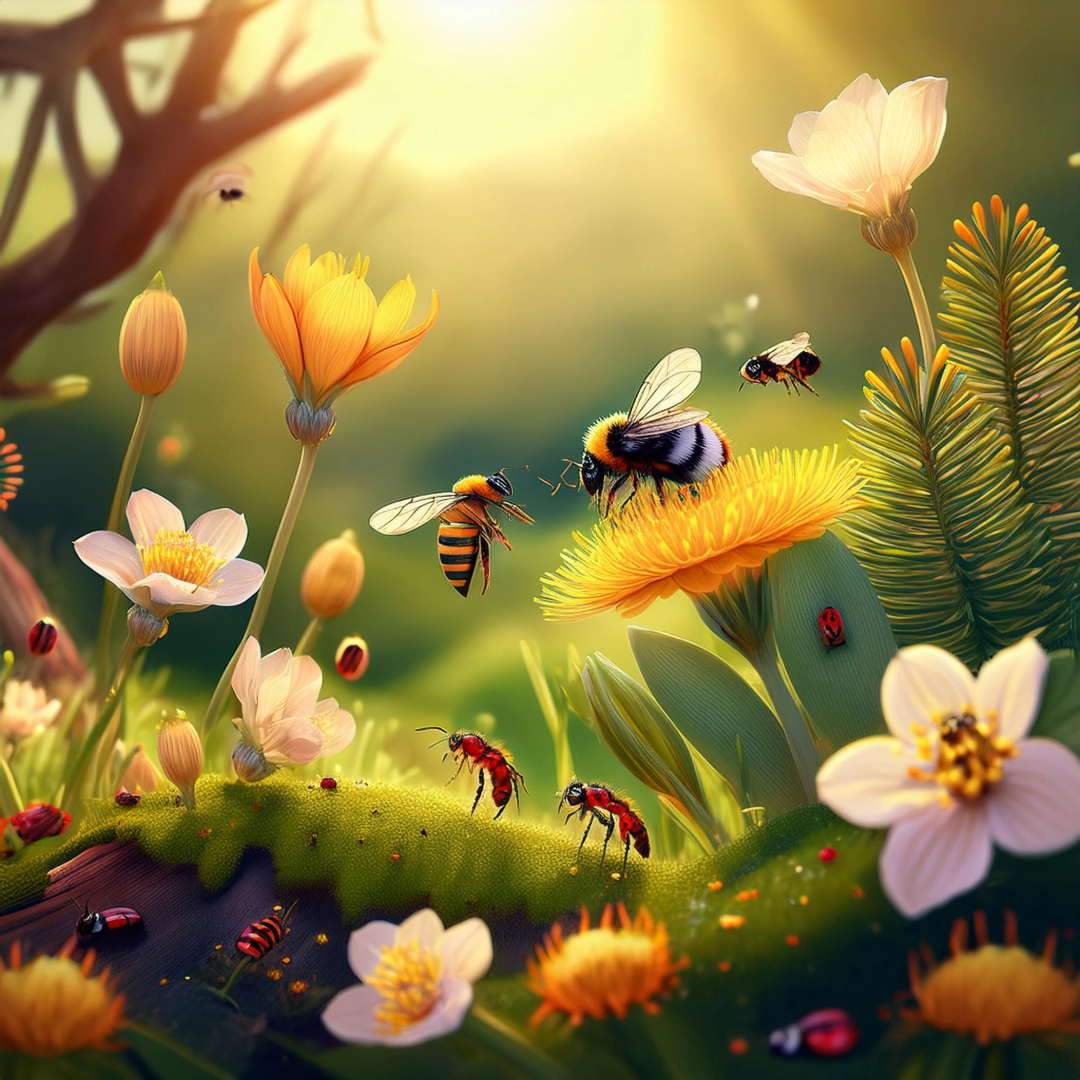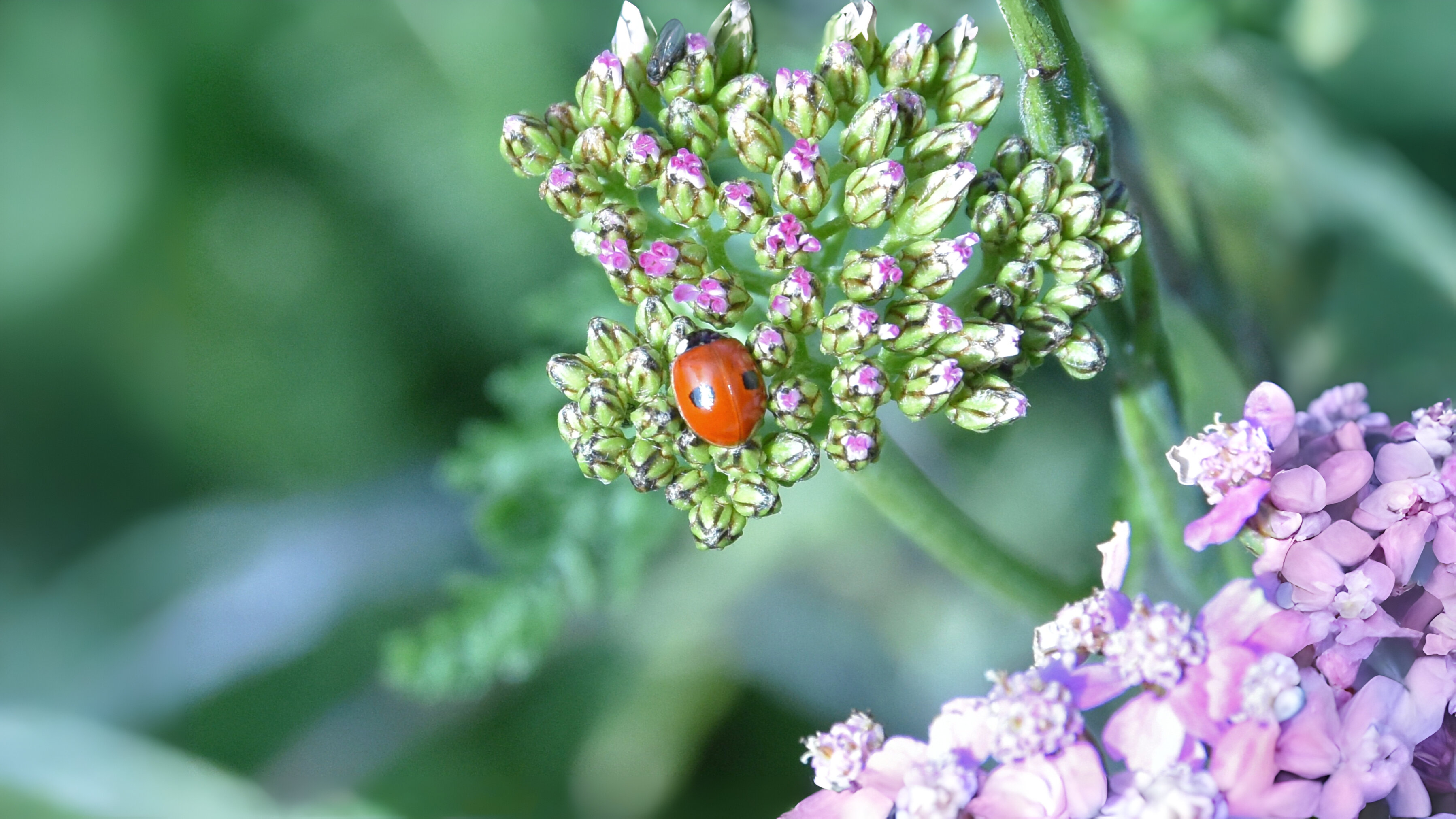March’s Insect Awakening: London’s Tiny Titans Return
March marks the grand reawakening of London’s insect world. From solitary bees prospecting nesting sites to wood ants emerging in their thousands, the city’s smallest inhabitants are bustling with activity. Discover the fascinating lives of bumblebees, ladybirds, and beetles as they emerge from winter slumber. Did you know wood ants can spray formic acid, or that caterpillars are a hedgehog’s favorite snack? Join us on 29 March to explore the vibrant world of insects and their crucial role in London’s ecosystem. Don’t miss this close-up look at nature’s tiny titans!
The insect year can be said to really start in March. After winter this is the first month there is a general re-awakening of eggs, caterpillars, pupae and adults. A sunny day in March can easily raise the temperature of a south-facing wall up to twenty degrees centigrade. Consequently, solitary bees and queen wasps can be seen prospecting holes for possible nesting sites. Some of these holes will already be inhabited by spiders or even mice. Warm, sandy banks are good places to look for these bees and wasps and they are abundant along the Greensand ridge of the North Downs. Most bees need a temperature of ten degrees Centigrade or above before they can fly. As the temperature of sunlit ground can often be five degrees higher than the air above it, bees and other insects are now often seen on or near the ground. Mining bees may even be laying eggs, quickly followed by a cuckoo bee laying her egg in the same cell. The last egg laid will hatch first and then raid the contents of the cell. Other bees may be seen congregating on rich nectar and pollen sources, such as willow catkins. Excessively large queen bumble bees are also on the lookout for nesting sites, the largest usually being the buff-tailed bumble bee Bombus terrestris.
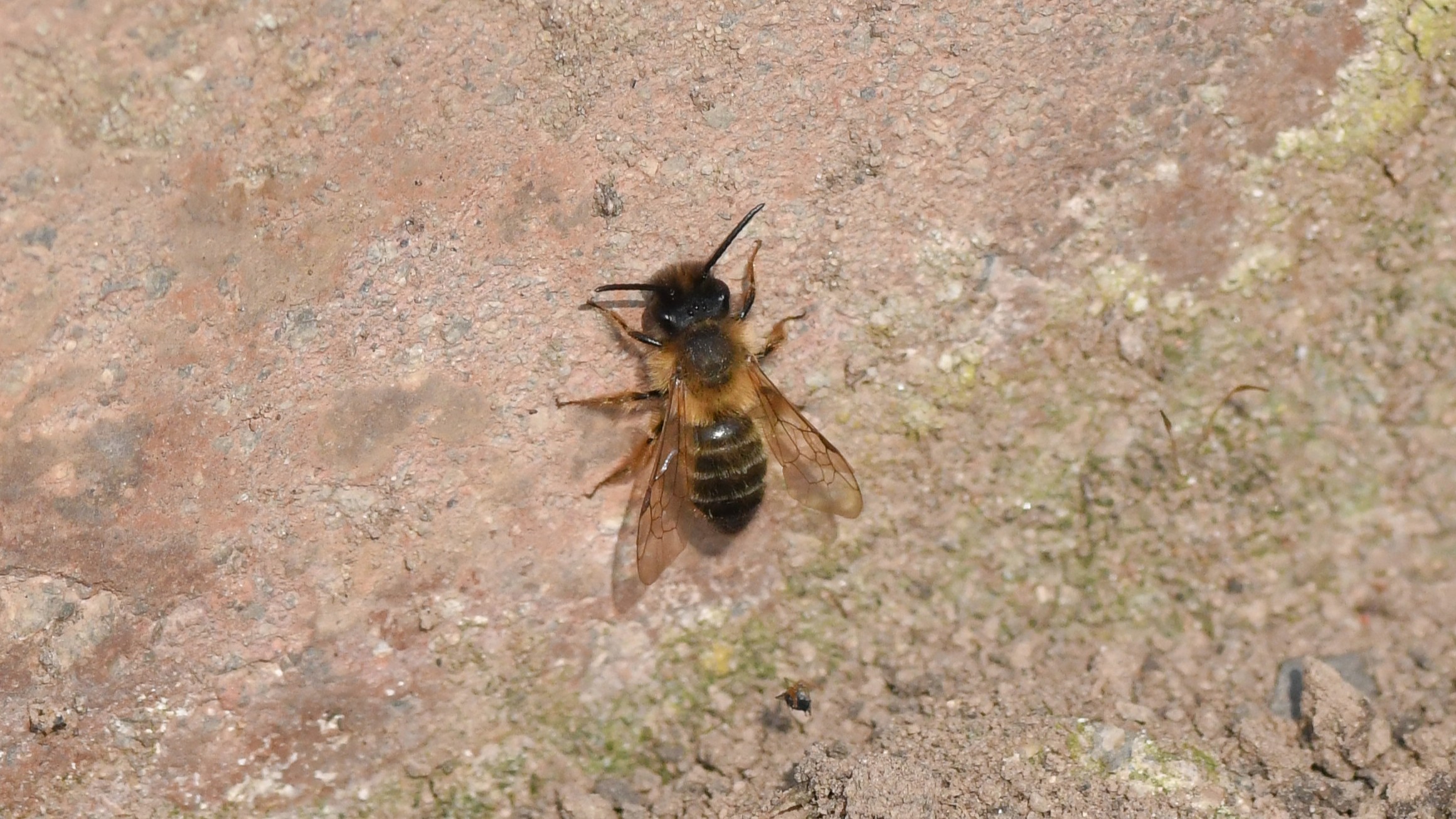
Those most likely to be seen are the early bumblebee B. pratorum, garden bumblebee B. hortorum, and the white-tailed bumblebee B. lucorum. Now is a good time to identify these common bees as later very similar cuckoo bees, various mimics and drones will make it much harder.
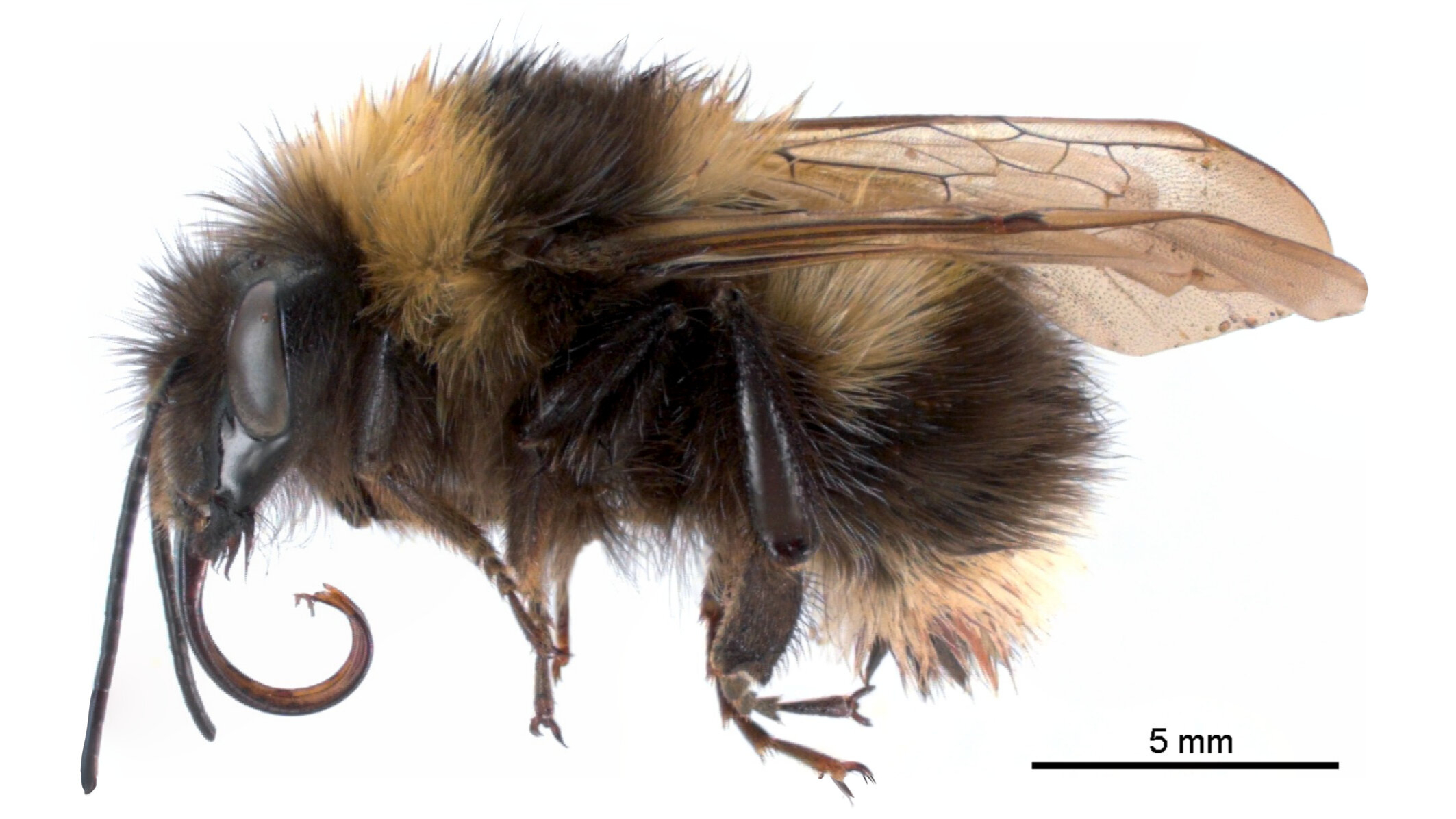
As a rule with any early bees you see, if it is very large with two yellow bands and a buff-white tail it is Bombus terrestris. If smaller but also with two yellow bands and a pure white tail it is B. lucorum.
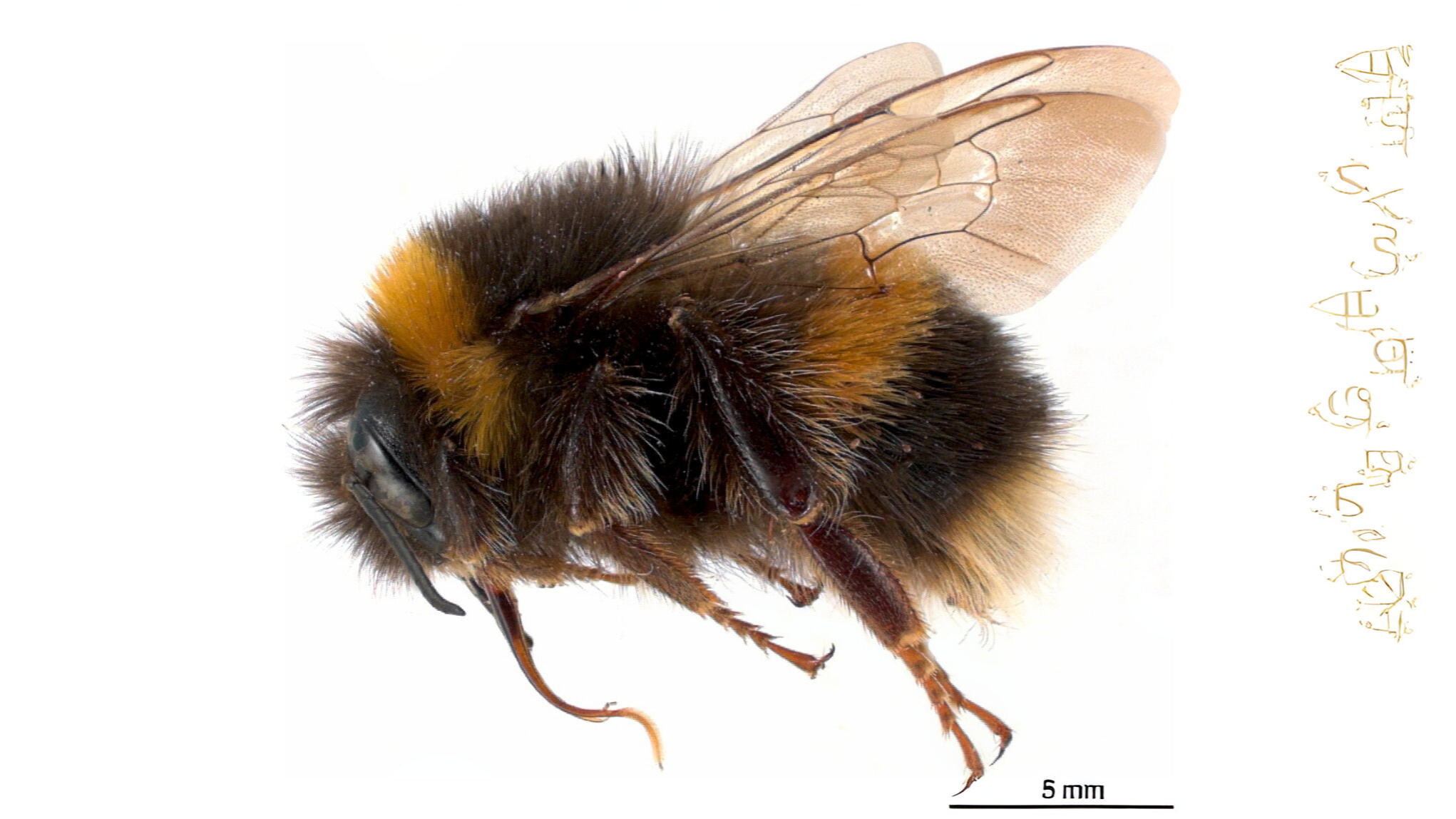
Three yellow bands and a white tail will indicate B. hortorum and two yellow bands and a red tail B. pratorum.
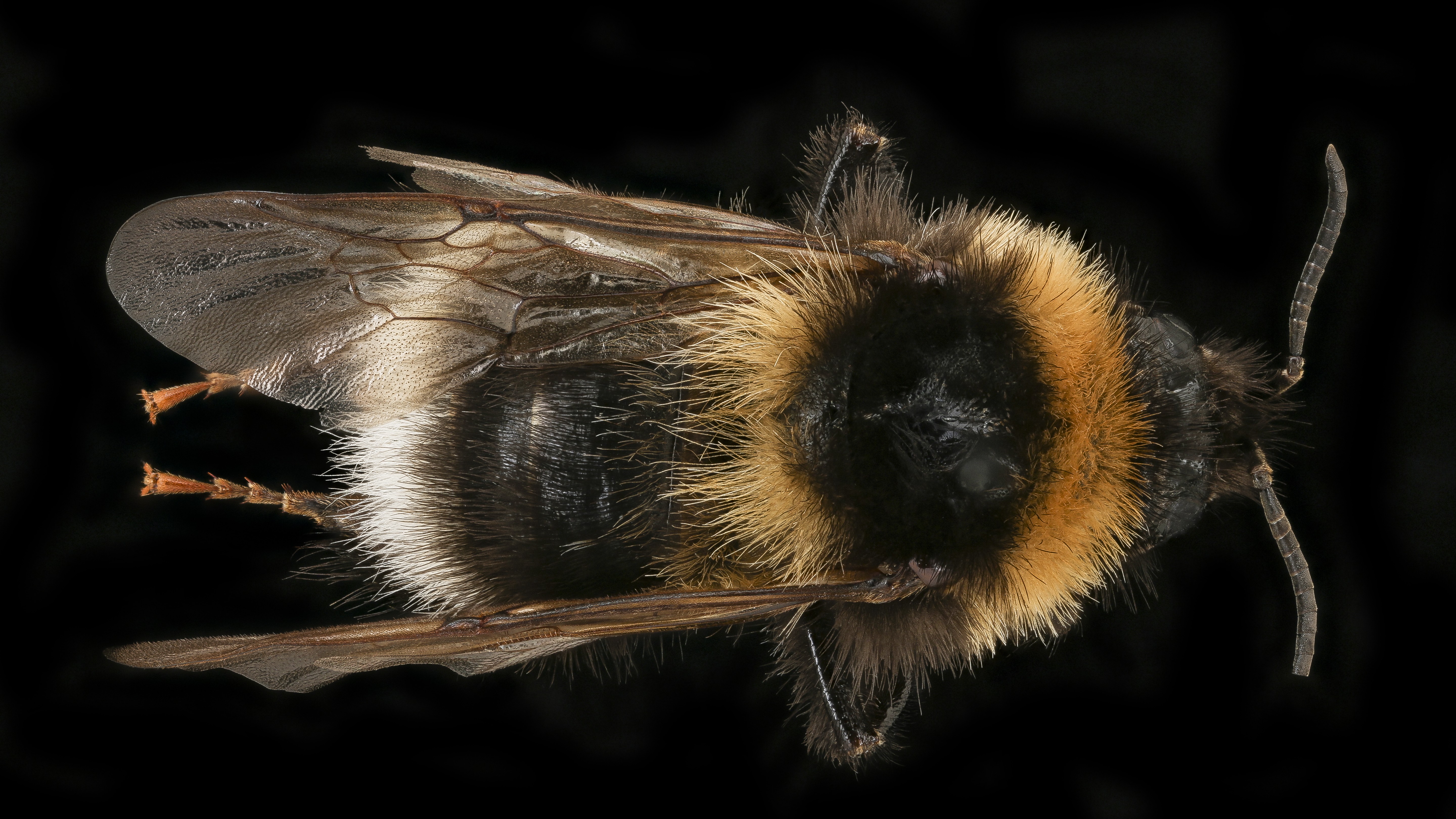
In porches and along the edge of windows, over-wintering ladybirds and lacewings are also starting to disappear. Last month you may have seen the 7-spotted ladybird flying but now it is likely to be joined by the 22-spot and 2-spot ladybirds. Lacewings can remain an iridescent green throughout their hibernation, but usually they just turn brown. Greenfly are now beginning their meteoric rise in numbers. Earwigs have already laid their eggs, which have hatched and are now being cared for by their parents. Scale insects are still very noticeable on bare trunks at this time of year and the first black worker and yellow meadow ants are starting to emerge.
The insect highlight of the month has to be the re-emergence of wood ants Formica rufa which can now cover their one metre high nests of pine needles in places such as Ockham and Oxshott heaths. Their trigger to emerge has been rising spring temperatures and sun shining on their often cone-shaped nests in clearings among the pine trees. The army of ants within these nests may well be over one hundred thousand strong and be responsible over the season for killing over a million other invertebrates. They are also quite capable of spraying formic acid at any inquisitive hand.
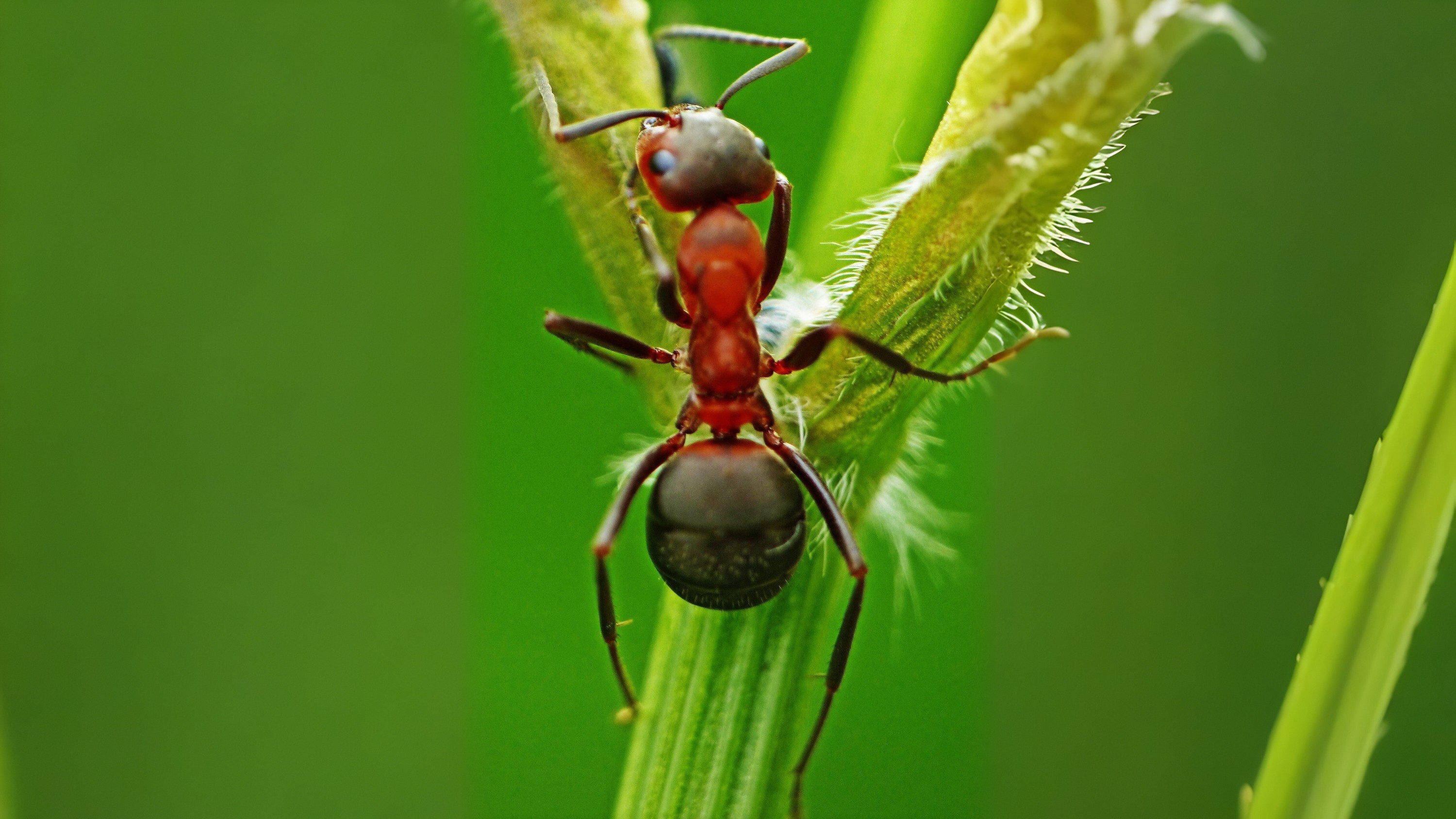
In gardens, less welcome blowflies are buzzing noisily and sunning themselves on warm walls. The first hoverfly, perhaps a narcissus fly, may also be seen. All the while unnoticed, tiny sawflies are quietly laying their eggs, which will go on later to form galls on trees.
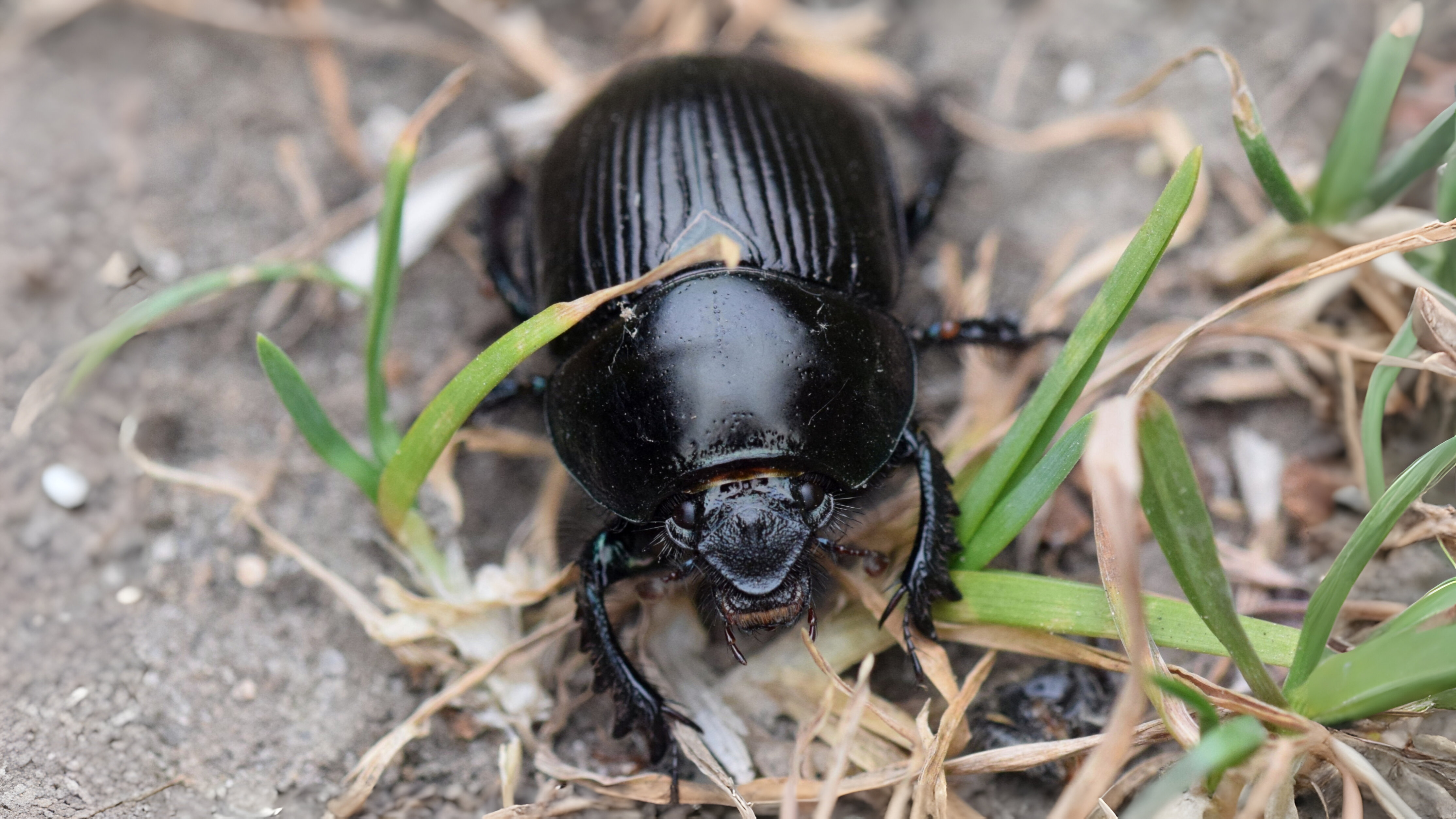
Beetles can be seen running across the ground again. Dor beetles or ‘lousy watchmen’ as they were called, are making tiny piles of soil, revealing their whereabouts. Rove beetles may possibly be seen if a stone is moved. Much rarer oil beetles, when disturbed, produce a noxious liquid from their knees and bloody-nosed beetles, a harmless red liquid which looks like blood from their mouthparts. On sandy heaths, e.g. Oxshott heath, it is worth looking for minotaur beetles and handsome, bright green tiger beetles. Their jaws are strong, and quite capable of penetrating human skin.
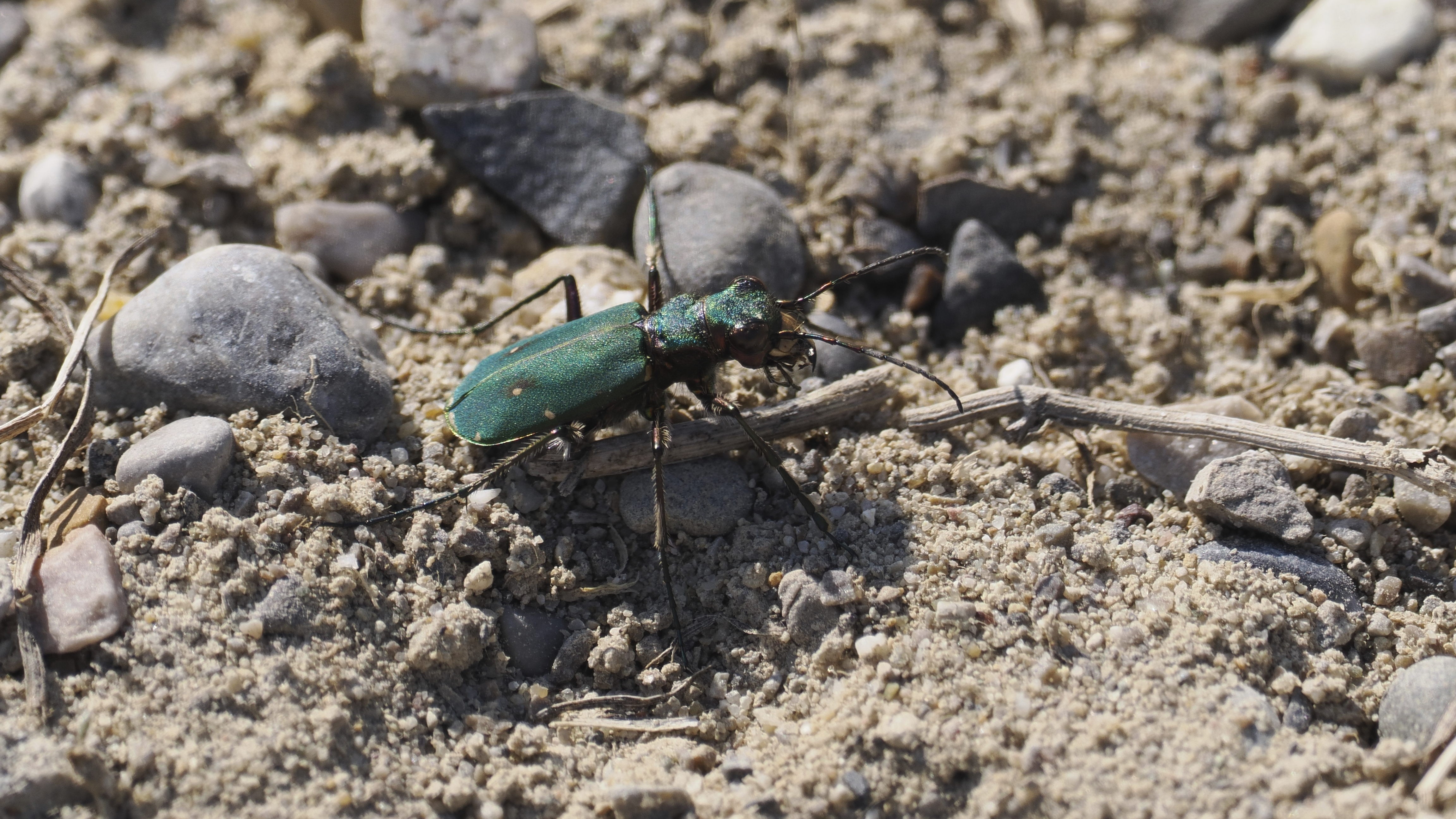
Small black flies, such as ensign flies around willows, are also starting to be noticed and yellow dung flies are beginning to congregate around cow pats looking for females. Any unfurling leaves on trees and shrubs are now met by an army of different caterpillars. This is good news for any newly emerging hedgehogs as fallen caterpillars are one of their favourite foods. However, as yet most caterpillars remain unseen, although gardeners are starting to notice eaten leaves and tits and wrens make bold appearances obviously looking under leaves for larvae to eat.
